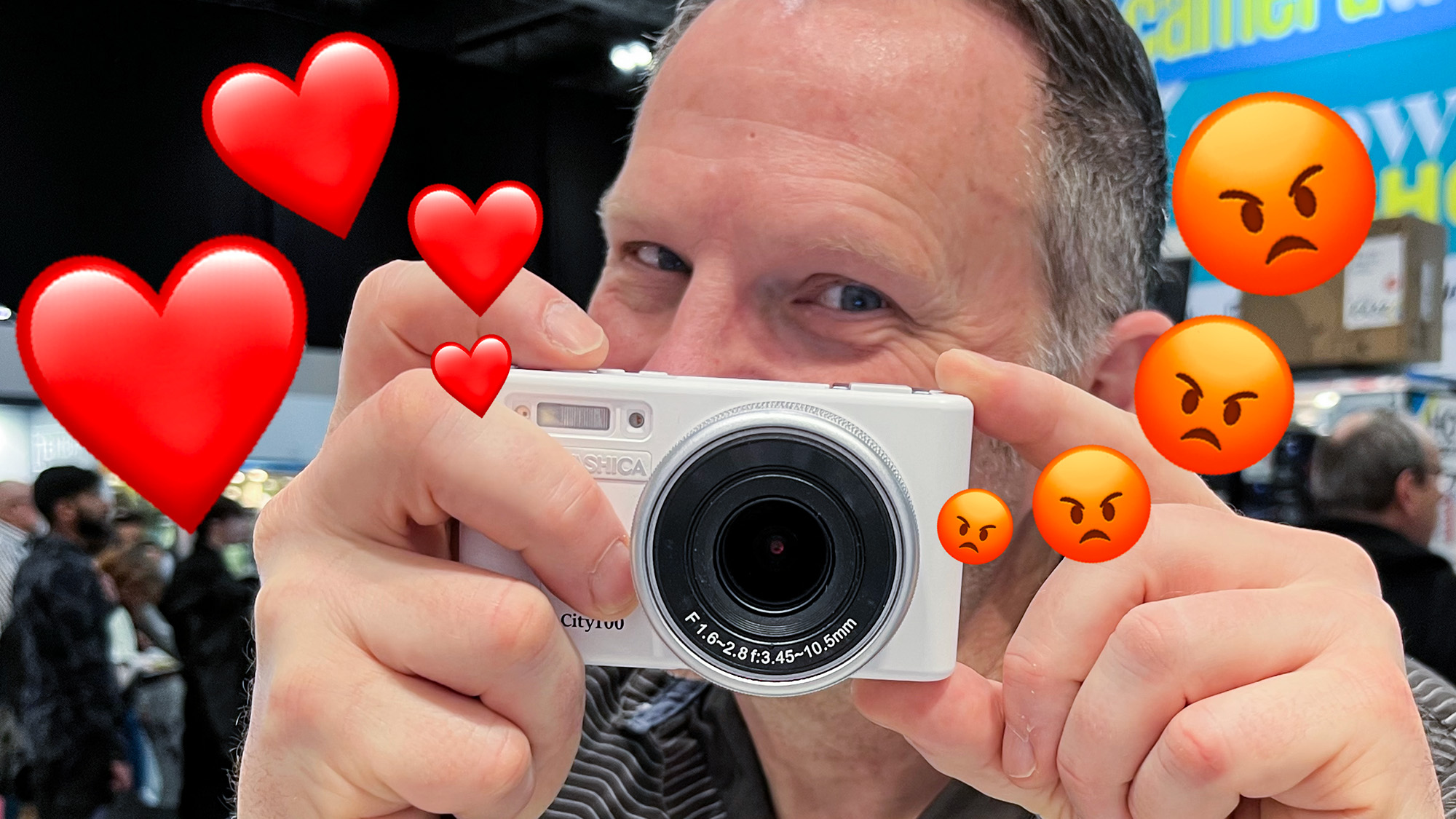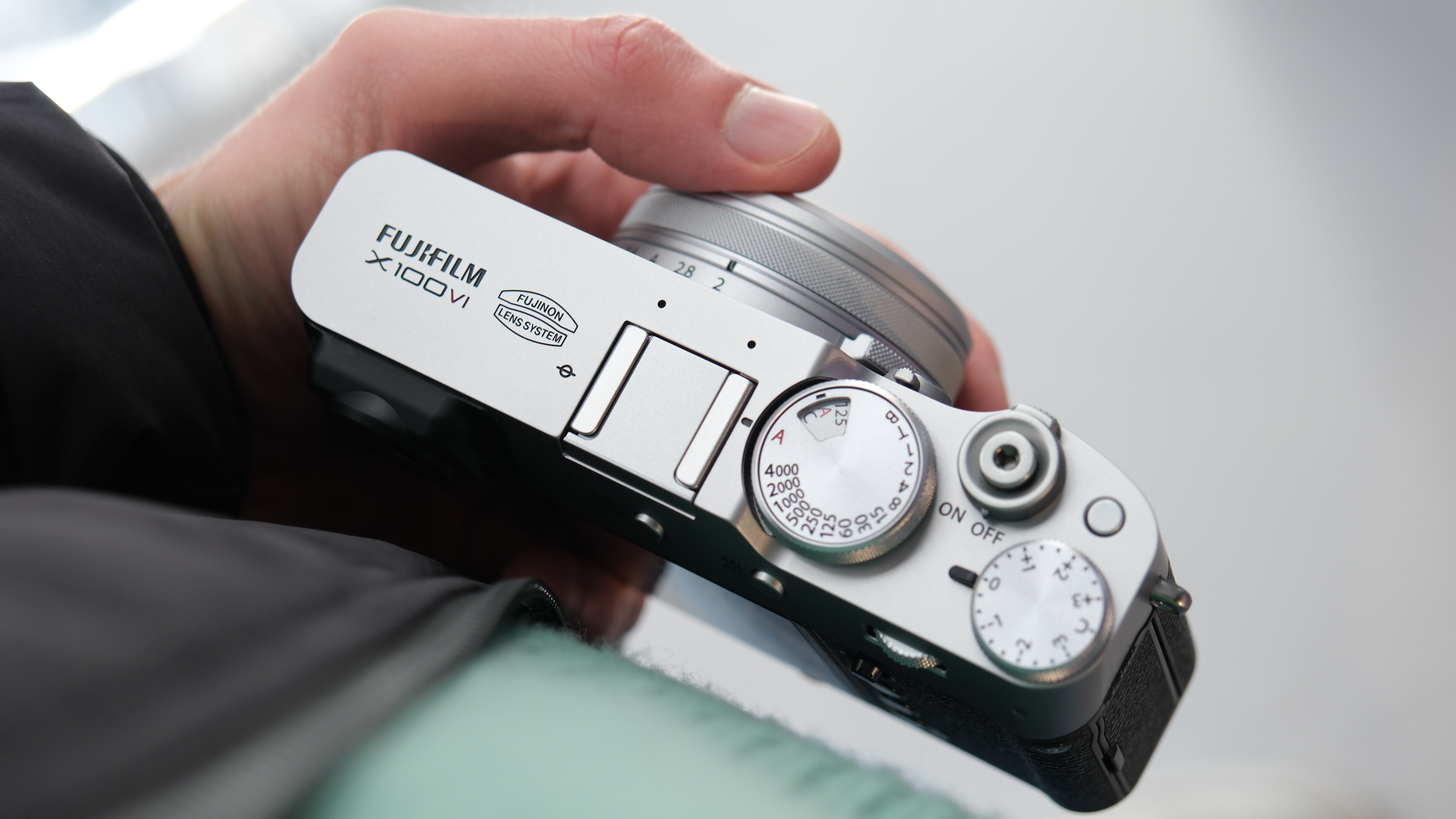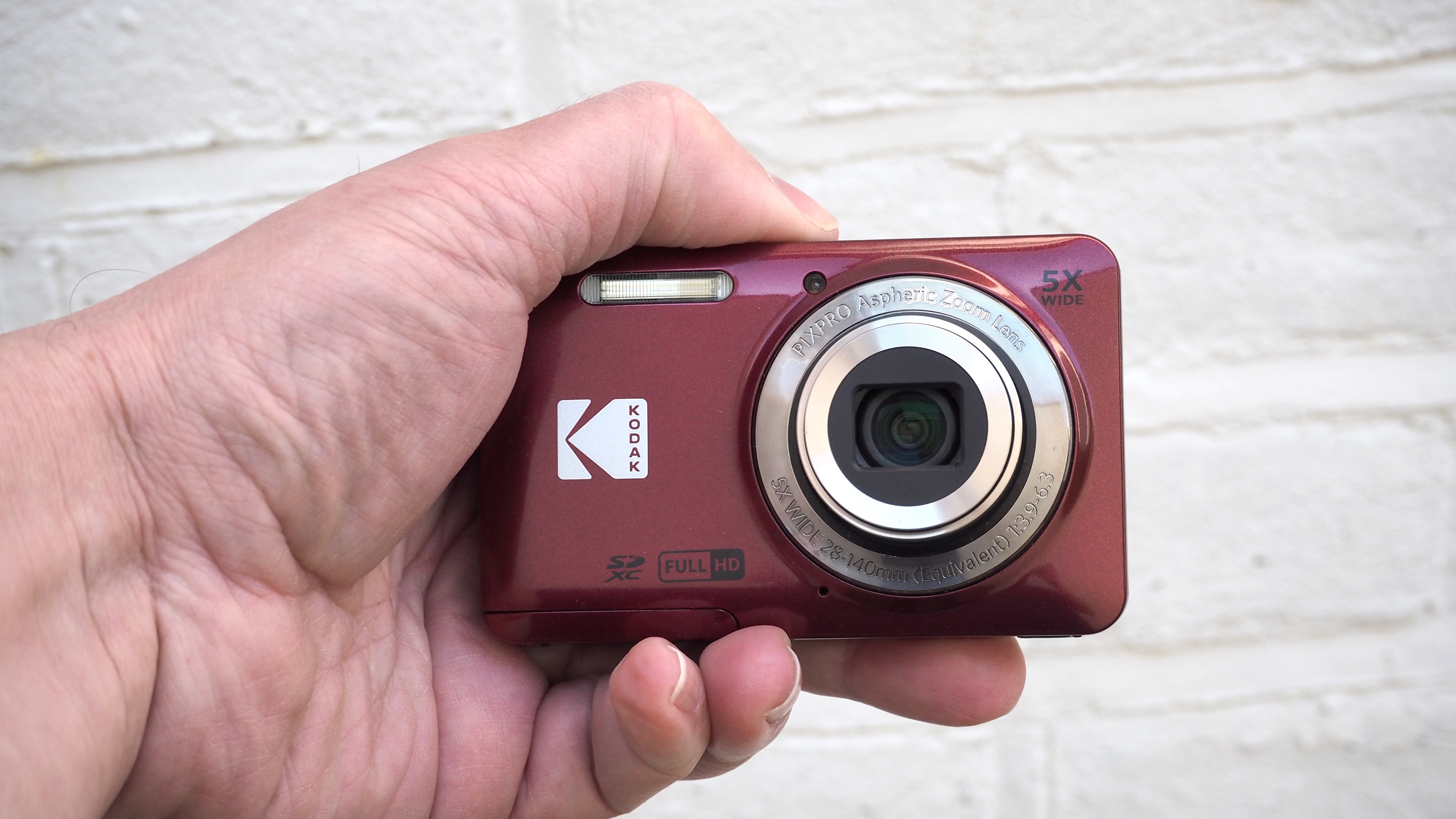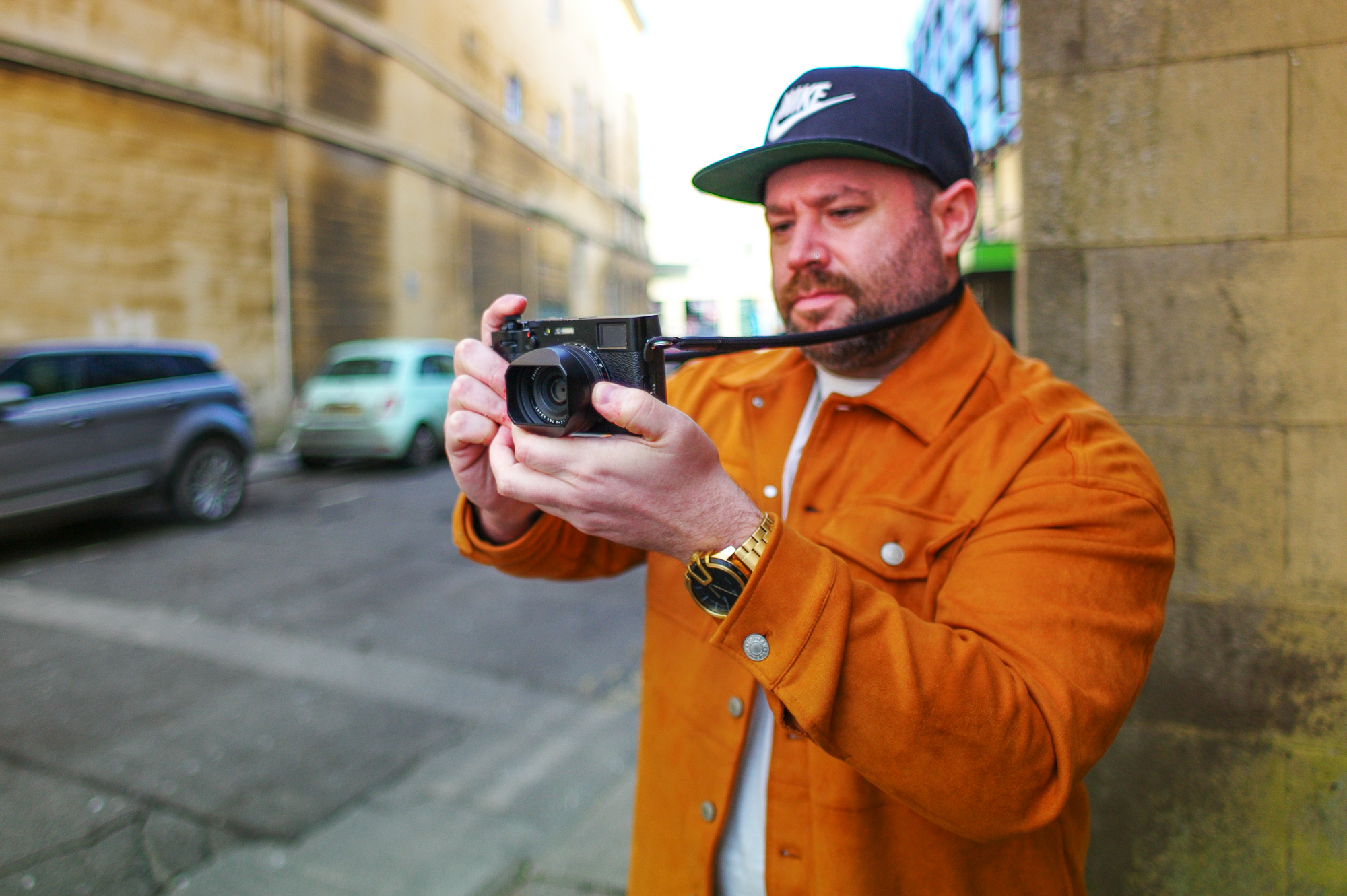5 reasons why I'd buy a compact camera today, and 5 reasons why I wouldn't
The compact camera is back in a big way and rightly so, but that doesn’t mean it’s the camera for everybody

People can’t get enough of the best compact cameras, what with the Fujifilm X100VI disappearing from shelves as soon as retailers can fill them, with compact-inspired interchangeable-lens cameras like the Fujifilm X-M5 and Sigma BF also struggling to meet demand. And then, of course, there’s the slew of ultra-cheap compacts by way of brands such as Kodak, Minolta, and Yashica, such as the Kodak Pixpro FZ55, Minolta MND25, and Yashica City 100.
So, 2025 really is the year of the compact camera. But trends come and go, and cameras ain’t always cheap, so I thought I’d come up with five reasons why you need a compact camera, and five reasons why you don’t. Because, in the right hands, they’re a little bundle of creative joy. But for others, they’re destined to end up in that box in the basement, along with various fidget spinners, 3D glasses, and last year’s iPhone...
5 reasons why you need a compact camera

1. A compact camera isn’t your phone
For the longest time, it looked like the camera phone had made the compact camera go the way of the dinosaurs. And with the latest smartphones’ ever-increasing imaging prowess, cheap compact cameras can seem a little superfluous. But phone usage has changed dramatically since the original iPhone’s wide-eyed launch back in 2007, and smart tech’s addictive nature has left many of us bound to our phones, and not by choice. The compact camera, then, provides at least some relief. It’s a simple, image-making device that won’t sidetrack you with notifications or the allure of TikTok. And it’s a dedicated camera. Hold it in your hand and you can’t help but capture photos.
2. Some compact cameras are very cheap
Buy a compact camera for less than $100 / £100 and you’re going to feel much better about leaving it on your hotel nightstand, waving it about on a city break, and photographing your friends and family during a paddleboarding session. In a world where camera and smartphone prices are ever creeping up, there’s something liberating about working with a device that doesn’t cost the Earth.
3. Compacts are, well… compact!

The best iPhone for photography is the iPhone 16 Pro Max, which weighs 227g and is 6.42-inches in height. That’s not exactly a small object. Compare that to the Kodak Pixpro FZ55 at 106g and 3.6-inches at its longest, and it’s no competition. Sure, not all compact cameras are that small, but if a tiny picture-making device is what you want, a compact is the way to go.
4. Compact cameras are easy to use
Most compact cameras are point-and-shoot devices that require virtually no photography knowledge at all, making them a great entry point into the hobby. And for the casual user, they can provide all the camera they’ll ever need. Plus, they don’t tend to require any accessories beyond an SD card, making most compacts a one-and-done purchase.
5. You could build a street photography career with a compact camera

Think compact camera and you’re unlikely to think professional photographer, but when it comes to street photography, small cameras rule the roost. There are plenty of incredible street photographers out there who predominantly use compacts. Their small size makes them adept at candid captures, while also connoting casual snapper, meaning subjects are more likely to relax than if they were faced with a pro-grade DSLR or mirrorless.
Get the Digital Camera World Newsletter
The best camera deals, reviews, product advice, and unmissable photography news, direct to your inbox!
5 reasons why you don’t need a compact camera

1. Your compact camera is your phone
Okay, so I’m sure almost everyone who reads this has one of the best camera phones. But if you often use it to take photos, consider whether or not a compact camera is actually going to replace it. If you want to handle your phone less and be more present, then a compact camera is a great way to go, but if you can see yourself picking up your compact on your way out of the house, hesitating, and putting it back down again because you’ll just take photos with your phone on your walk, there’s your answer.
2. You’re serious about photography, but street photography isn’t your thing
A compact camera is all a creative street photographer needs, just ask the incredible Daido Moriyama. But if you don’t already own an interchangeable-lens camera, are not married to street photography and envision yourself focusing your efforts in almost any other genre, be it portraiture, landscapes, wildlife, or astro, ask yourself if a compact camera is the most sensible choice. After all, you’ll likely begin to crave the versatility of an interchangeable-lens camera that’s more suited to the aforementioned disciplines.
3. You want to learn about the exposure triangle

This all depends on what compact camera you buy. Some, like the Fujifilm X100VI, allow for full manual control, but point-and-shoot compact cameras don’t. If you’re buying your first dedicated camera to learn more about the technicalities of photography and the exposure triangle, a point-and-shoot compact isn’t the way to go.
4. You want to shoot stills and video
Most modern mirrorless cameras are decent stills and video hybrids. But if you’re even half-serious about video, a compact camera isn’t the way to go. Don’t get me wrong, our old friend the Fujifilm X100VI boasts far and away the best video specs you can expect from a fixed-lens compact camera. And while 6K video certainly sounds attractive, 6K and 4K 60p are both cropped. Add to that the fixed lens and photography first form factor and the Fujifilm X100VI is a video camera in a pinch rather than a bona-fide, video-making tool. And that’s the cream of the compact crop, so it’s only downhill from there.
5. You want the best value
This one’s only really relevant to the premium compact cameras of the world, since we know that there are some devilishly cheap compacts out there. The Fujifilm X100VI is a great camera, but it costs $1,599 / £1,599, which’s not far off the RRP of the Fujifilm X-T5, a camera with faster burst speeds, the ability to shoot external RAW video, a headphone port, longer battery life, pixel-shift shooting, and more. Plus, any interchangeable-lens camera provides the added bonus of being able to accommodate more lenses, boosting versatility. That's not to say everyone should choose the X-T5 over the X100VI, but if you're looking for the better bang for your buck and a camera that will take you further in the long run, the X-T5 is the better choice.
You might also like...
Can't get enough of compact cameras? Check out the best APS-C compact cameras. Why you should stop overpaying for trendy compact cameras. And if I had to choose a new compact camera, the Ricoh GR IIIx gets my vote!

Mike is Digital Camera World's How To Editor. He has over a decade of experience, writing for some of the biggest specialist publications including Digital Camera, Digital Photographer and PhotoPlus: The Canon Magazine. Prior to DCW, Mike was Deputy Editor of N-Photo: The Nikon Magazine and Production Editor at Wex Photo Video, where he sharpened his skills in both the stills and videography spheres. While he's an avid motorsport photographer, his skills extend to every genre of photography – making him one of Digital Camera World's top tutors for techniques on cameras, lenses, tripods, filters and other imaging equipment – as well as sharing his expertise on shooting everything from portraits and landscapes to abstracts and architecture to wildlife and, yes, fast things going around race tracks...
You must confirm your public display name before commenting
Please logout and then login again, you will then be prompted to enter your display name.
